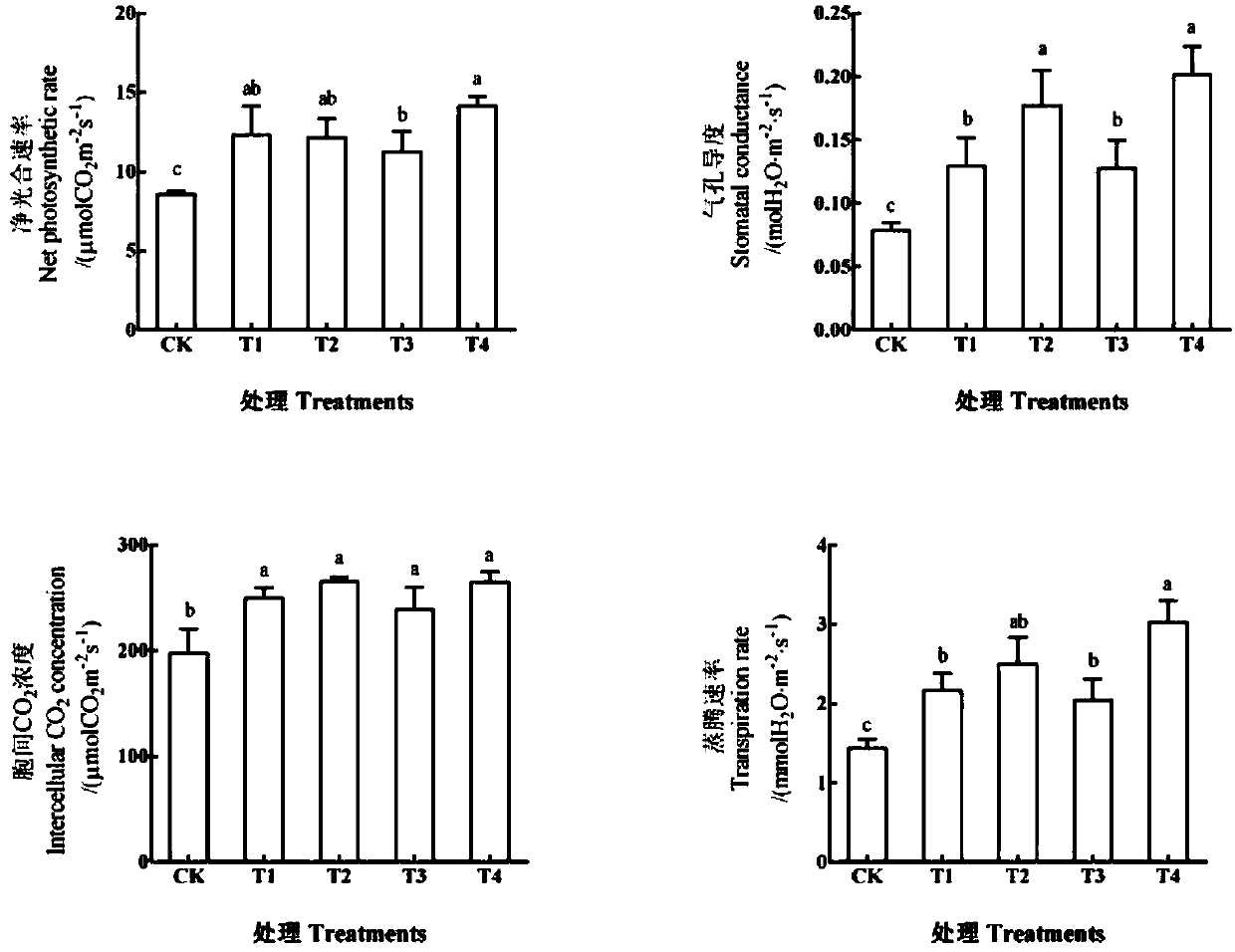Collection method of arbuscular mycorrhizal fungi
A technology of arbuscular mycorrhizal fungi and bacterial agents, applied in the field of microorganisms, can solve the problems of laborious, time-consuming, cumbersome operation steps, etc., and achieve the effect of preserving the activity of arbuscular mycorrhizal fungi, saving material and manpower, and simple operation
- Summary
- Abstract
- Description
- Claims
- Application Information
AI Technical Summary
Problems solved by technology
Method used
Image
Examples
preparation example Construction
[0026] (1) Preparation of arbuscular mycorrhizal fungal agent
[0027] The arbuscular mycorrhizal fungi were multiplied and cultivated in a solar greenhouse for 3 months, and the underground parts were harvested as arbuscular mycorrhizal fungal agents. The test strain was Glomus mosesi, with clover, marigold, and corn as hosts, and the substrates used were zeolite, pumice, vermiculite, and peat (volume ratio: 3:3:3:1), using a 21cm×18cm Plastic tubs were used as test containers.
[0028] (2) Separation and extraction of arbuscular mycorrhizal fungal spores
[0029] Weigh 20g of the multiplication agent, add 500mL of sterile water, stir with a glass rod for 1min, pass through three soil standard sieves (the upper layer is 0.8mm in aperture, the middle layer is 0.25mm, and the lower layer is 0.055mm), and then use sterile water Rinse for 1 min, transfer the residue of the lower sieve to a 50mL centrifuge tube with 50% sucrose solution, centrifuge at 3000r / min for 3-5min, quick...
Embodiment 1
[0039] Application Effects of Different Carriers of Bacteria on Tomato
[0040] Tomatoes were used as the host and Glomus mosesi was used as the test agent. Pot culture experiments were carried out to detect the preservation effect of different carriers of arbuscular mycorrhizal fungus agents (preserved at 4°C for 1 month). There were 5 treatments in the experiment, CK: blank control; T1: sodium alginate (SA) embedded bacterial agent; T2: gelatin embedded bacterial agent; T3: carrageenan embedded bacterial agent; T4: polyvinyl alcohol (PVA) Embed bacteria. Disinfect the surface of tomato seeds with 10% sodium hypochlorite solution for 5-10 minutes, soak the seeds in 55°C water for 15 minutes, and then soak them in regular warm water for 4 hours, then place them in a constant temperature incubator at 28°C to accelerate germination. After the seeds germinate, select seeds that are plump and germinate uniformly and sow them in 50-hole trays. 25 days after sowing, the tomato see...
Embodiment 2
[0042] Effects of Different Bacteria Agents on the Growth of Cucumber Seedlings
PUM
 Login to View More
Login to View More Abstract
Description
Claims
Application Information
 Login to View More
Login to View More - Generate Ideas
- Intellectual Property
- Life Sciences
- Materials
- Tech Scout
- Unparalleled Data Quality
- Higher Quality Content
- 60% Fewer Hallucinations
Browse by: Latest US Patents, China's latest patents, Technical Efficacy Thesaurus, Application Domain, Technology Topic, Popular Technical Reports.
© 2025 PatSnap. All rights reserved.Legal|Privacy policy|Modern Slavery Act Transparency Statement|Sitemap|About US| Contact US: help@patsnap.com



